- Home
- Blog
- Healthy Eating for Wellness
- 8 healthy habits we can borrow from Norway
8 healthy habits we can borrow from Norway
Written by Catherine Saxelby
on Wednesday, 13 September 2017.
Tagged: health, healthy eating, healthy habits, healthy lifestyle, nutrition

While on a hiking holiday in Norway, I noticed 8 ways those fit, blond Norwegians look after their health. From whole grains to more exercise, we can benefit from following their Nordic lead. Try fitting one or more of these 8 healthy habits into your lifestyle and then do them regularly and often.
1. Eat dark breads
From supermarkets to hotels in Norway, I saw lots of wholegrain, whole meal and rye breads. Rolls, whole loaves, flatbread and rye crisp breads, both thick (think Ry-King or Finn-Crisp) and thin (think Kavli for those of you in Australia). I never saw white sliced bread the way we do in Australia, only the occasional crisp sourdough loaf.
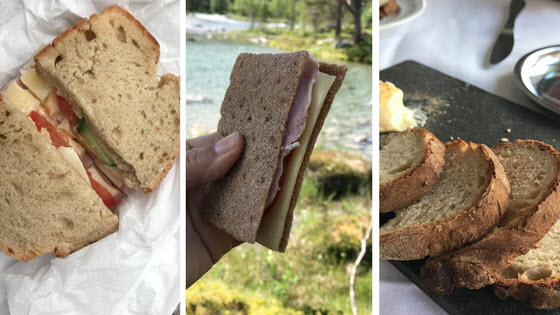
2. Eat yoghurt
I ate a lot of yoghurt, both soft natural yoghurt under a topping of luscious dark-red berries or else a fruit-flavoured variety. I was looking for Skyr yoghurt, which is supposed to have originated in Iceland but is now growing in popularity in Norway and Denmark.
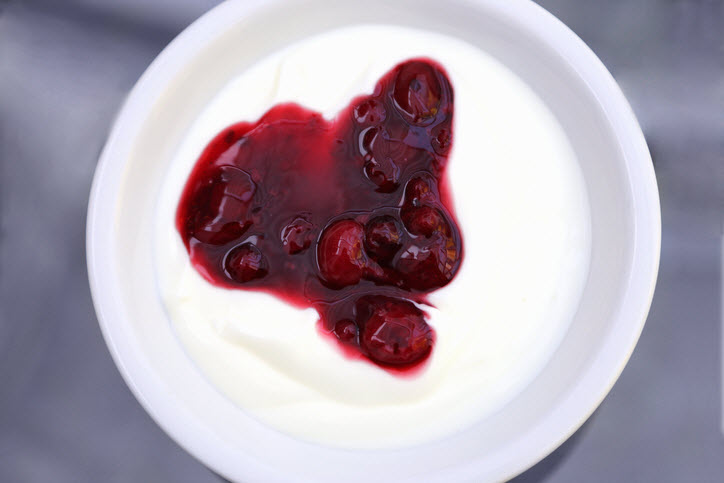 Like its cousin, Greek yoghurt, it's thickened by straining through a cloth. Originally it was made by a souring process whereby you used a portion of existing yoghurt to kickstart the new fermentation of the milk. I was never disappointed by Norwegian yoghurt which was invariably smooth and delicious, not too sweet, even with the pre-sweetened types. Yoghurt makes a valuable contribution to calcium, protein and the B vitamin riboflavin. Most importantly, if fresh, it adds those friendly microbes to your digestive tract to boost your immunity and guard against bowel cancer.
Like its cousin, Greek yoghurt, it's thickened by straining through a cloth. Originally it was made by a souring process whereby you used a portion of existing yoghurt to kickstart the new fermentation of the milk. I was never disappointed by Norwegian yoghurt which was invariably smooth and delicious, not too sweet, even with the pre-sweetened types. Yoghurt makes a valuable contribution to calcium, protein and the B vitamin riboflavin. Most importantly, if fresh, it adds those friendly microbes to your digestive tract to boost your immunity and guard against bowel cancer.
3. Tuck into berries
Raspberries, blueberries, blackberries, strawberries, lingonberries and currants are in abundance in Norway in summer. Berries are nutritious and have been the subject of many studies showing they can hold back the clock, fight dementia, keep your brain strong and help your blood and circulation. Like this study by James Joseph using blueberries to boost memory and cognition in older adults.
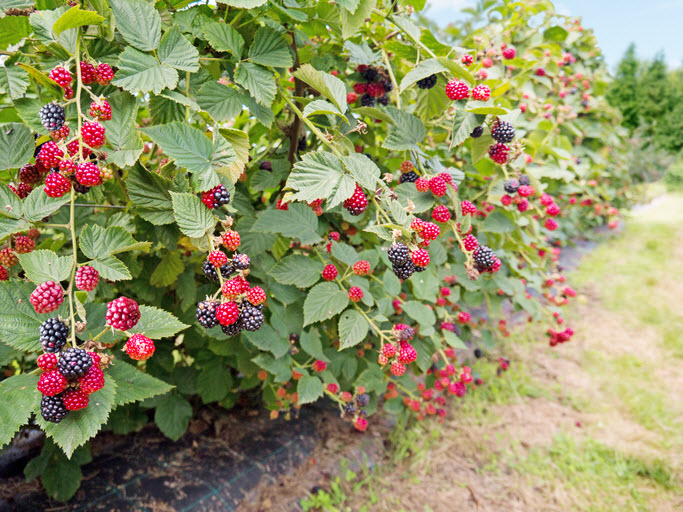
All berries qualify as "super foods" or "super fruits", in my opinion, despite the term being so over-hyped. They are rich in vitamin C, potassium and fibre, all positive elements for a healthy way of eating. They make easy snacks and additions to cheese plates.
4. Eat oily fish
You couldn’t help but notice how often salmon, herring, mackerel and sardines featured at meals, especially in hotel breakfasts alongside grainy bread or rye bread rolls. Historically I learned how Norway was a prime fishing region for the German-led Hanseatic League until the 1700s and kilos of its cod fish were caught and dried for export to other parts of Europe – an important source of protein in the days before canning and freezing. Even today, fish markets are important places of commerce and a wonderful showcase for Norway’s prawns, fresh fish, smoked salmon and fresh salmon (lax) and herrings prepared in all sorts of ways from pickled with onion to smothered in a curry or tomato sauce. If you like it, Norway is the land to eat up on oily fish. These are top sources of omega-3 fatty acids as well as protein, zinc and vitamins A and D.
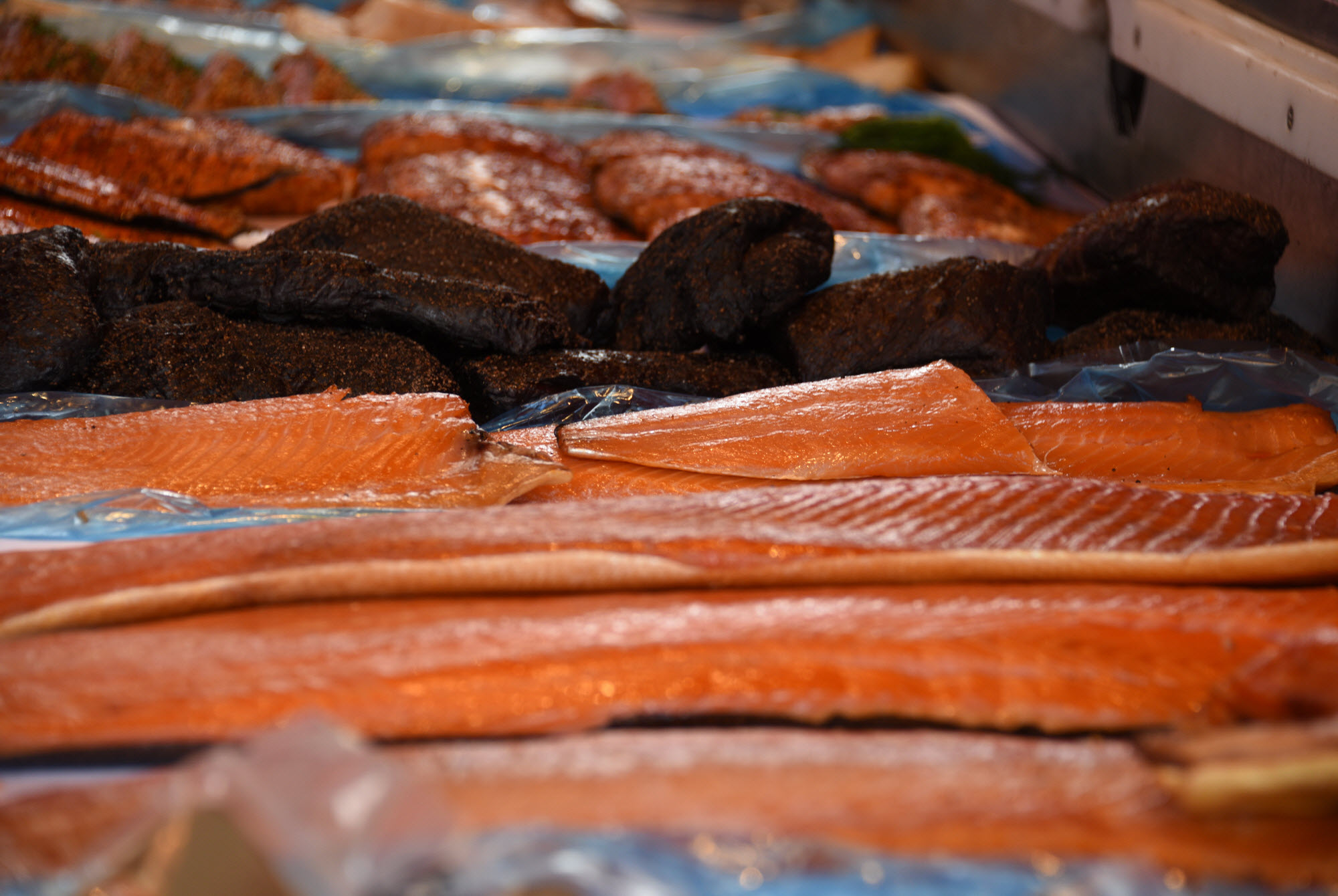
5. Walk often, especially in the green outdoors
I was impressed by how many Norwegians I encountered out for a day's hike. Many with their small children in tow, all eager to stretch their legs in a steep but beautiful day's climb. Think the famous Besseggen trail or Geiranger Fjord or the popular Pulpit Rock/Preikestolen or another top hike. Here one needs sturdy walking boots plus a backpack to carry a healthy Nordic lunch which you can enjoy from atop a scenic viewpoint.
I noticed there were significantly more people of all ages out walking, but especially young adults, which is great to see. I guess with their short summers there's not much time to be active and soak up the sunshine, and at the same time make some valuable vitamin D from the action of sunlight on the skin.

Walking in the greenery has positive mental benefits too and helps with weight maintenance. It's a great mental health booster that is available to us all.
6. Make fast food outlets less obvious
In the green countryside, I was struck by the paucity of fast food outlets. As far as I could see, there were NO burger joints, pizza outlets or kebab vans. People ate simply on the trail - some cheese with rye crackers or bread plus a piece of fruit. Indeed there was less advertising everywhere - no bill boards on the highways or in the many long tunnels. No motor bikes delivering pizzas with their loud visuals.
7. Drink less alcohol
Wine and spirits are expensive. What’s more, they’re hard to buy. If you want to buy them, you have to go to one of the few government-controlled VinMonopolet outlets. These have short opening hours, closing at 6pm so you can’t pick up a bottle on your way out to dinner. An average 750mL bottle of red wine cost around 350NOK which translates A$60. In contrast, beer with only 5 per cent alcohol is cheaper and sold at supermarkets.
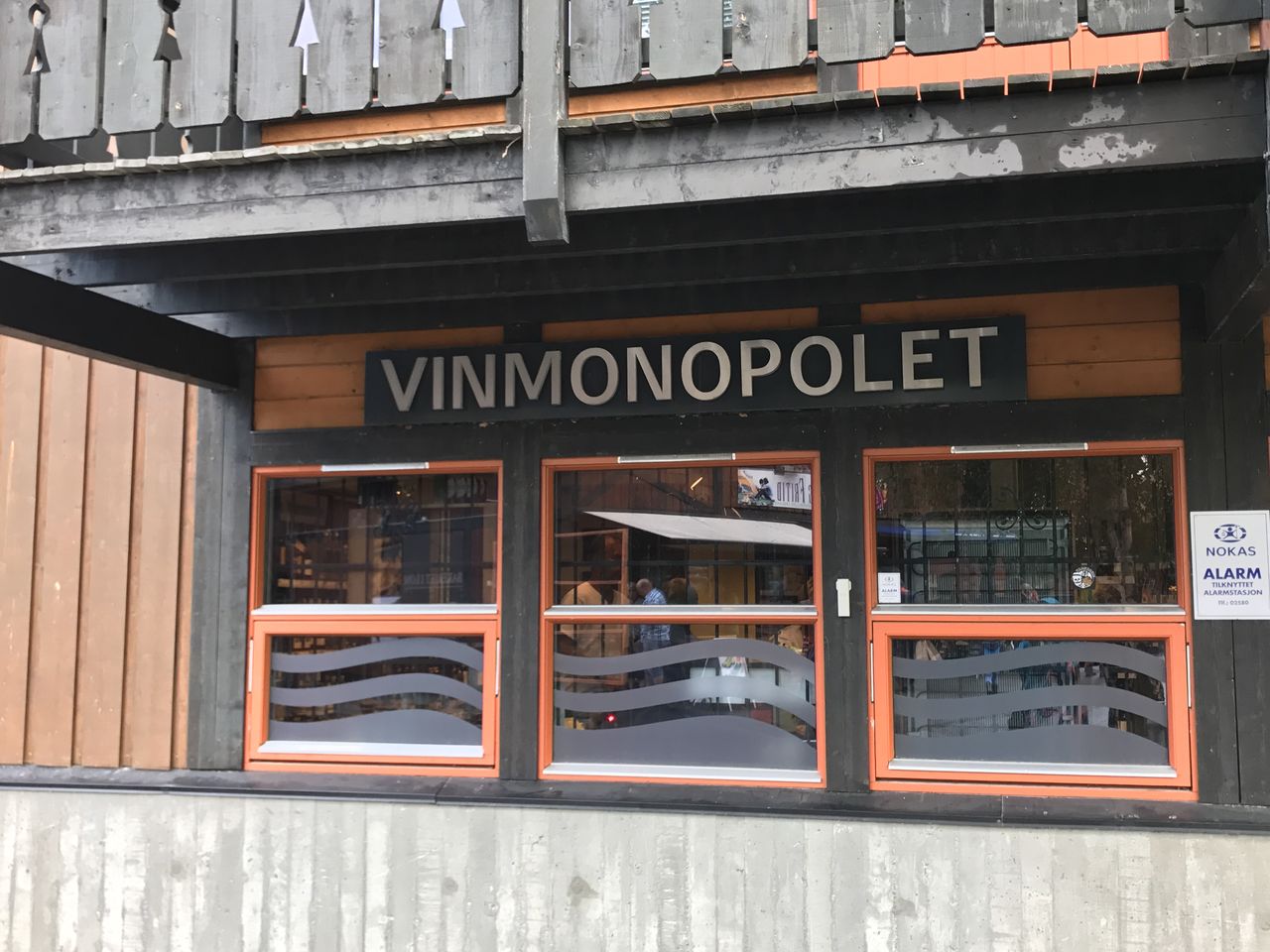
8. Little smoking
If the stats are correct, cigarette smoking is at low levels in Norway. I noticed this too wherever I travelled. It’s hard to inhale tobacco smoke knowing all the harm it can do when you are surrounded by such green beauty. It runs contrary to the need to smoke!
The Nordic way of eating is set to become another dietary model to follow for good health.
The bottom line
The Nordic way of eating is set to become another dietary model to follow for good health, as the Mediterranean Diet is for sunny dry climates. If it suits you, then the Nordic Diet is a good one to eat, with its whole rye and oat grains, oily fish, wild meats, berries, unsweetened yoghurt and cold-climate fruits. In its original form, it is low in processed foods with a sound basis of whole foods cooked simply.
Save
Save
Save
You may also be interested in...
References / External articles
Foodwatch
The Good Stuff
The Boring Stuff
© 2025 Foodwatch Australia. All rights reserved
Website by Joomstore eCommerce





